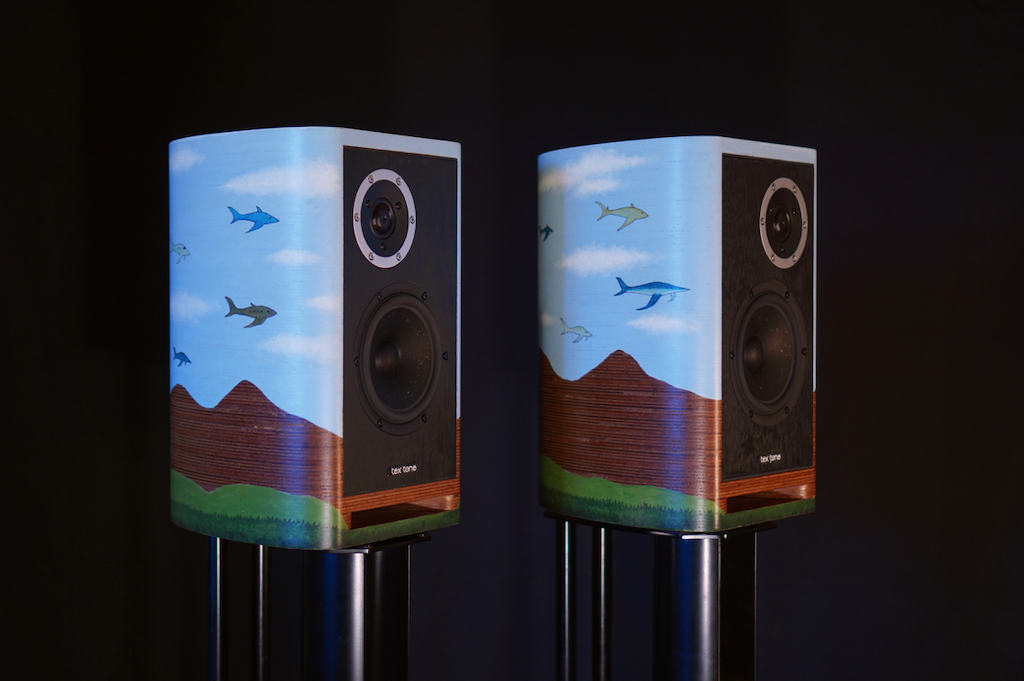Sony PS VR Bundle REVIEW
Summary
Sony PS VR Bundle REVIEW
PAT PILCHER decides that reality is over-rated and goes virtual with Sony’s mind-altering (and very affordable) PS VR Bundle.
$499
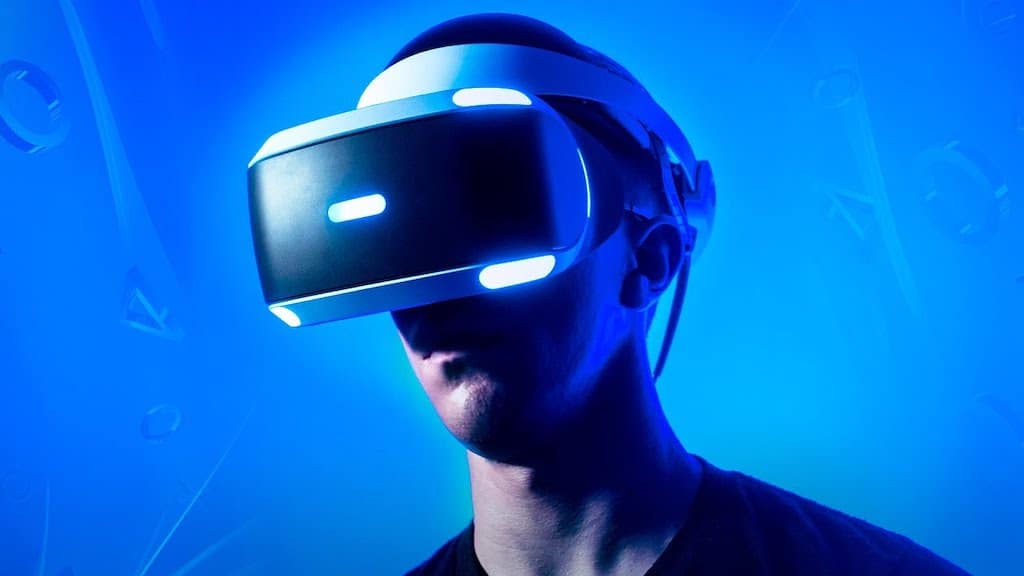
The Sony PS VR headset and move controllers are a game-changer. As much as I hate to use such a tired cliché, it rings true with the PS VR. Its $499 sticker price makes virtual reality accessible to those without the deep pockets to buy an Oculus Rift or HTC Vive.
On a far more fundamental level, it really does transform gaming. An example of this is Gran Turismo Sports. It’s an excellent console car racing sim on your TV, but with the PS VR, you’re in the car and what was a fun simulator gets taken to the next level.
So, what do you get for $499? In the box, there’s the PS VR headset plus a processor unit (more on this later). You also get cables, manuals, headphones, a camera, lens-cleaning cloth plus a demo disc.
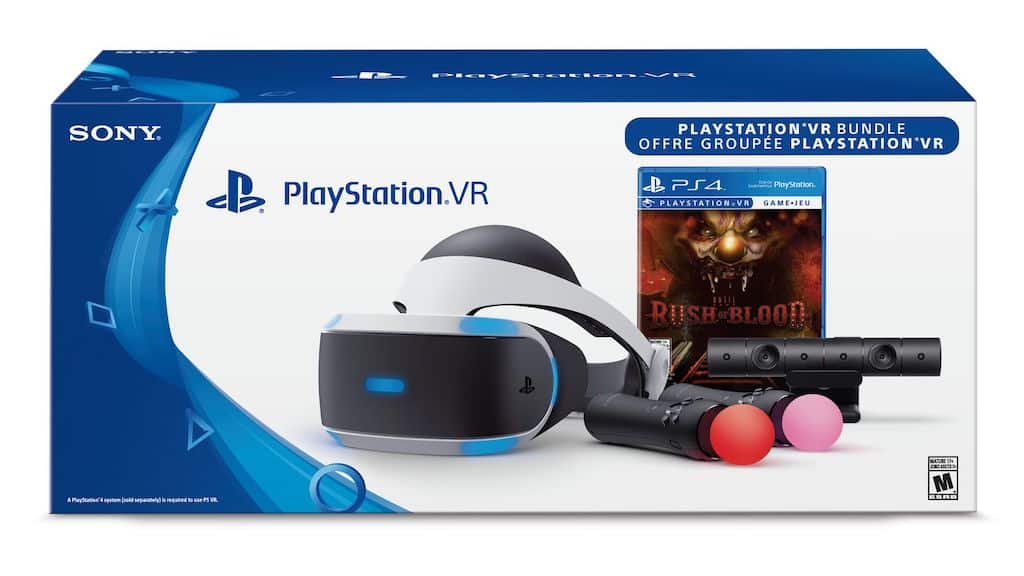
Once everything was set up, a familiar theme popped up – cables. There are heaps of them. That said, setup was a doddle. It took half an hour and was a matter of plugging cables into the PS4, the processing unit, and the headset.
So, what exactly is the VR processing unit? It’s a small box-shaped piece of hardware that resembles a PlayStation 2 that got shrunk in the wash. It brings 3D audio processing into gameplay, so you can locate noises in games. It’ll also display VR gameplay on your TV so that non-headset equipped friends can join in too.
The most telling part of the entire PS VR equation is that when everything’s installed, it works. Complexity is out of the mix. There are no drivers, no complicated system requirements, nothing to tweak. Once you’re setup, you’re good to go. This is why I’m a fan of console gaming. I can start a game and play, instead of dicking about with command lines and other nonsense.
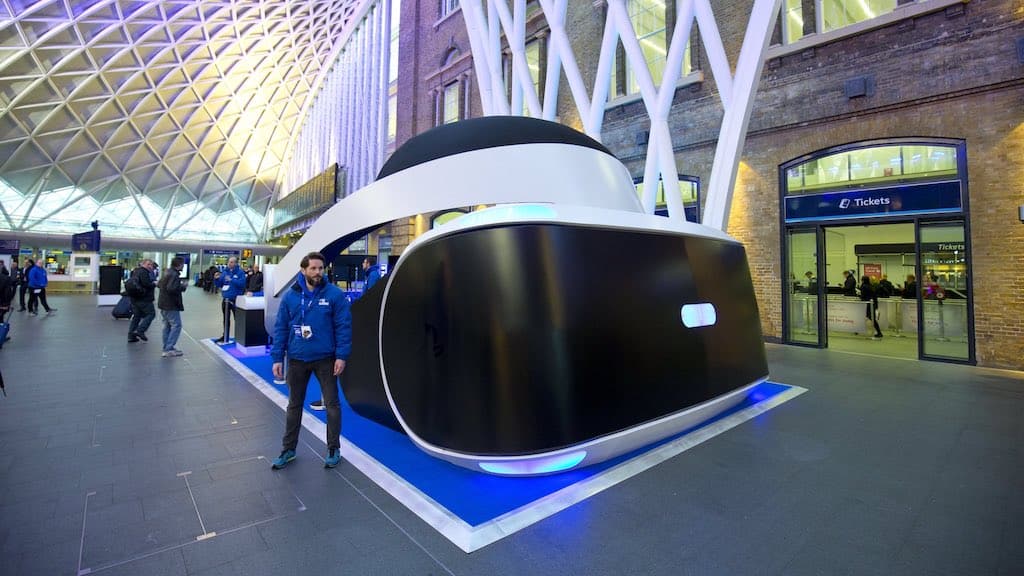
Looks-wise, any VR headset will struggle not to look dorky. This applies to both the Oculus Rift and HTC Vive headsets. They both look (and feel) like clunky prototypes. By contrast, the PlayStation VR is comfy (even if you still look dorky when wearing it). It isn’t small. But size aside, the test for any VR gear is comfort. This comes down to simple but smart engineering by the folks at Sony.
While many other VR headsets clamp to your head like a face-hugger from Alien, fitting the PS VR is a gentle process. Putting it partly on your noggin, you tap a button on its back which loosens the headband. Once that’s done, plonking it completely on your head sees its strap adjusting to fit.
If it still feels a little loose, you can turn a small dial on the headband which tightens everything. Because it didn’t feel as if my head had got clamped in a vice, extended gaming sessions were very do-able. Another intelligent design decision comes down to weight distribution. The PS VR rests on both your forehead and the rear of your loaf. Because of this, extended gaming isn’t a pain in the neck.
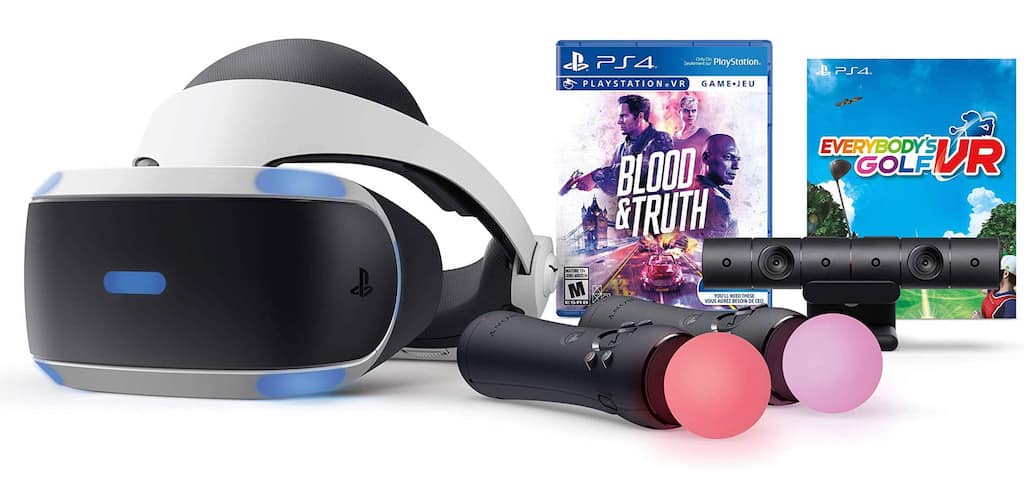
The PS VR’s motion tracking works via optical tracking. This takes the form of the PS camera, plus light strips on the headset. This is not only simpler from an engineering perspective, but also confers the PS VR with a nifty trick. With it, you can turn around a full 180 degrees and your movement is still tracked. This might not sound like such a big deal, but other VR setups struggle with this, and it can ruin gameplay.
Another nice touch is the flaps on the nosepiece of the headset. These block out external light, which in turn aids in-game immersion. The other bonus is that you can wear most glasses and use the PS VR. Again, this is something that is often awkward with many other headsets.
There are downsides. My lounge setup has me sitting on a sofa to the left of the PS camera. I had to repeatedly recalibrate the PS VR in-game or my field of view would keep shifting to the right until gameplay was impossible. To this end, Sony has a fix in the form of hitting the Options button to recentre everything.
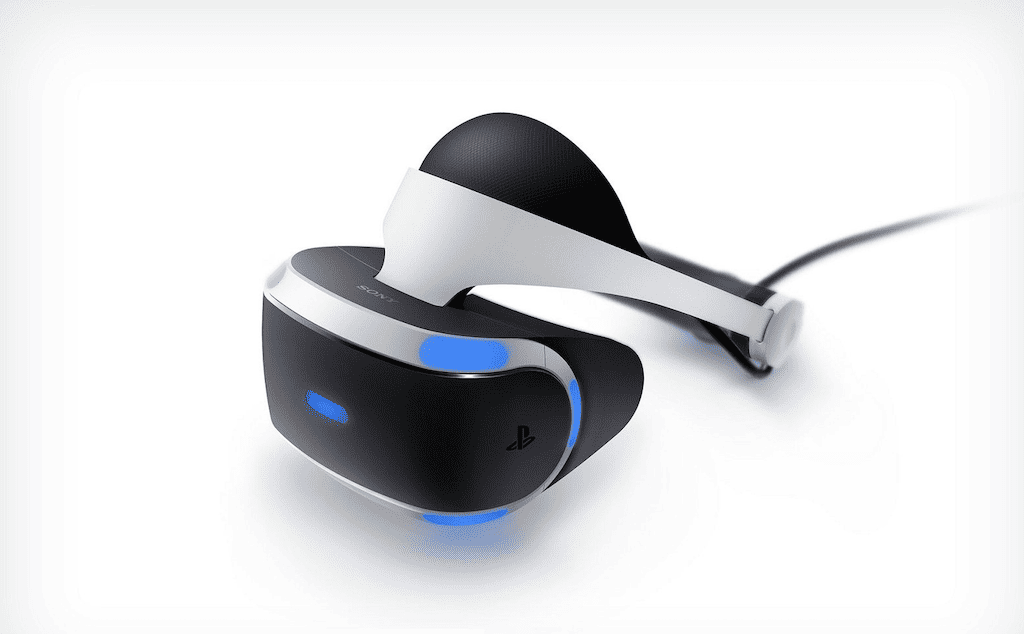
The other challenge happened when I finished gaming and went to put everything away. While stowing the headset wasn’t tricky, the cables sticking out of the PS4 were messy. That is the price of such good VR. It isn’t a biggie, but it could have been avoided by placing ports around the back of the PS4.
The PS VR does a decent job. That said, compared to its more costly counterparts, its display is of a lower spec. The PSVR has one 1080p, 5.7-inch OLED display. The Oculus and Vive both sport two 2160 x 1200 displays – one for each eye. That said, even if you had all three headsets and used them side by side, you’d struggle to notice the difference.
One advantage the PSVR has is its refresh rate. It can render gameplay up to a whopping 120Hz. This translates into smoother, more comfortable and motion sickness-free gaming.
A useful trick I made good use of with the PS VR is its Cinematic mode. With it, you can watch movies or even play regular PS4 games with the PS VR, freeing up the TV for others. The Cinematic mode features three virtual screen sizes: small (117 inches), medium (163 inches) or large (226 inches). It’s a useful addition that solves a real-world problem.
The deciding factor figuring in the choice of VR gear shouldn’t come down to specs, but ecosystem. This is Sony’s ace card. With a growing library of VR gaming titles, Sony is in a box seat to secure a spot in the hearts and minds of VR gamers.
Sony PS VR has a lot going for it. It’s one of the most affordable VR headsets you can buy. It also doesn’t compromise on performance or usability. Add to this great comfort levels and a big catalogue of VR titles, and Sony are onto a winner.








